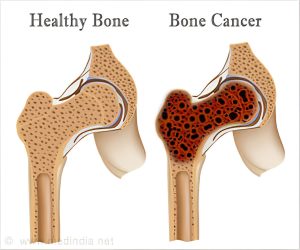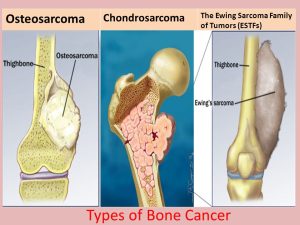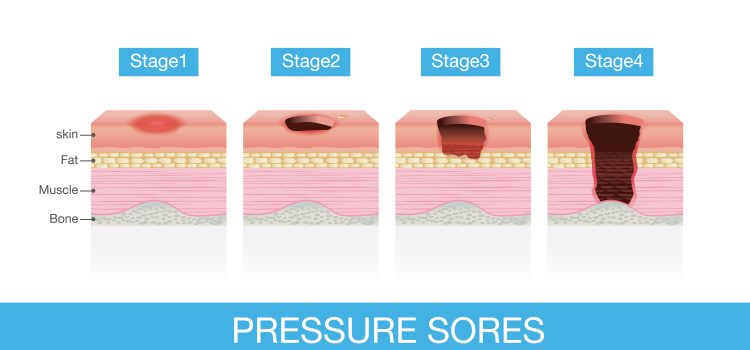
Introduction
Diagnosis of Stage 4 Bone Cancer
- Diagnosis involves various tests:
- Imaging tests (X-rays, CT scans, MRI, PET scans) to identify cancer location and extent.
- Biopsy: Examination of a bone tissue sample to confirm cancer presence.
- Blood tests (e.g., alkaline phosphatase) assess bone activity and overall health.
- Staging considers tumor size, lymph node involvement, and metastasis.
- Determines overall cancer stage (stages 1-4).
- Stage 4 signifies cancer spread to distant organs or body parts.
- Early diagnosis crucial for effective intervention and treatment planning.

Symptoms of Stage 4 Bone Cancer
- Persistent pain, often worsening at night or with activity.
- Swelling at the site of the tumor.
- Increased risk of fractures in weakened bones.
- Reduced mobility, especially in weight-bearing bones.
- Weight loss and persistent fatigue.
- Symptoms of anemia, including dizziness and pallor.
- Systemic effects impacting the whole body.
- Timely recognition of symptoms aids in early diagnosis and intervention.
Treatment Approaches
Stage 4 bone cancer is typically managed through palliative treatment, focusing on symptom management and enhancing the individual’s quality of life. Treatment options may include chemotherapy to slow cancer growth and relieve symptoms, radiation therapy to alleviate pain and control cancer cell growth in the bone, and surgery in certain cases to remove tumors, alleviate pain, or stabilize bones. Targeted therapy, addressing specific aspects of cancer cells, and bone-strengthening medications like bisphosphonates are also part of the comprehensive treatment plan. Pain management, incorporating medication, physical therapy, and complementary therapies, plays a vital role in improving the overall well-being of individuals.

Outlook for Different Types of Primary Bone Cancer
Osteosarcoma:
- Localized: 5-year relative survival rate of 76%.
- Regional (spread to nearby structures): 5-year rate of 64%.
- Distant (spread to distant parts): 5-year rate drops significantly to 24%.
Chondrosarcoma:
- Localized: 5-year relative survival rate reaches 91%.
- Regional (spread to nearby areas): 5-year rate decreases to 76%.
- Distant (further metastasis): Survival rate drops to 17%.
Chordoma:
- Localized: 5-year relative survival rate at 87%.
- Regional (spread extensively): Slightly lower at 84%.
- Distant (extensive spread): 5-year rate is 69%.
Note:
- Statistics are based on the 5-year relative survival rates.
- Individual outcomes may vary, and ongoing research aims to improve understanding and treatment.
- Early detection and personalized treatment plans contribute to better outcomes.

Where to Find Support
A crucial aspect of coping with stage 4 bone cancer is accessing the right support. Healthcare teams offer medical guidance, symptom management, and referrals to support services. In-person and online support groups provide a platform for individuals to share experiences and advice with those facing similar challenges. Organizations such as the American Cancer Society (ACS) and Cancer Support Community offer valuable resources, including information, financial assistance, and emotional support. Ongoing research and clinical trials continuously contribute to improving the understanding and treatment of bone cancer, potentially influencing future survival rates.
Summary
In conclusion, stage 4 bone cancer represents the most advanced stage, posing significant challenges for individuals and their families. The symptoms, treatment approaches, and prognosis underscore the importance of a comprehensive and multidisciplinary approach to care. While the outlook may be challenging, palliative treatment aims to enhance the quality of life for those affected. Finding support through healthcare teams, support groups, and dedicated organizations becomes paramount in navigating the complexities of living with stage 4 bone cancer.










